After completing our awesome first New Zealand road trip, we decided to stay in Queenstown for the winter and work with our Working Holiday Visas (WHV). Before we came to Queenstown, we were so so excited to see life in a new ski town (apart from our former life living in Steamboat Springs, Colorado). We knew adjusting to life in a new country would come with its own challenges, but we simply did not expect to encounter so many discouraging setbacks upon arriving here. Below is a list of our initial challenges moving to Queenstown and how we fumbled through each problem, some of them expected, some not. See each section for our personal experiences and some tips to help any future backpackers arriving to town.
1. Finding a Place to Park Our Van in Van-Hating Queenstown
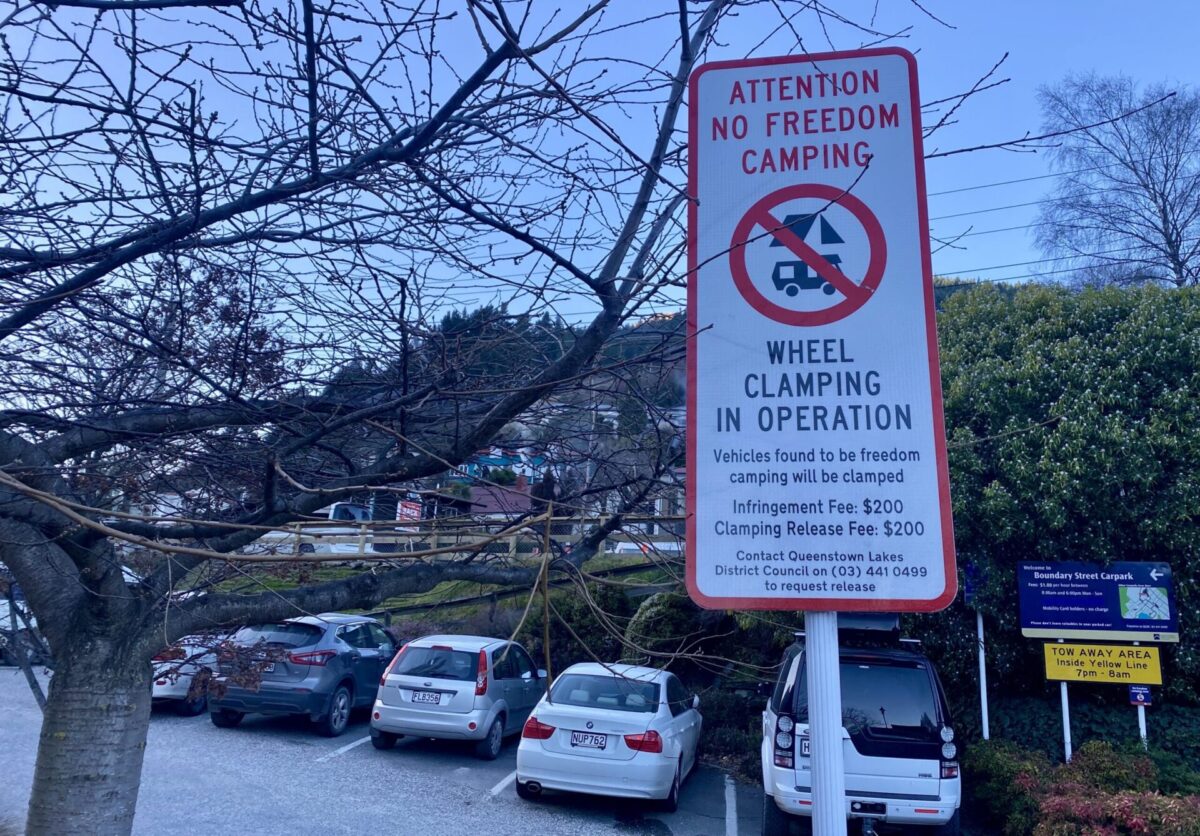
Queenstown’s Problematic Housing Sitch
For anyone not familiar, Queenstown simply doesn’t have enough housing (let alone affordable) for all the people who live and work there. It’s a classic tale of one popular tourist destination taking it too far: about a quarter of the homes in Queenstown are vacation rentals or second homes that sit vacant for much of the year, which jeopardizes the availability of long-term rentals for the people who actually live and work in town.
It’s sad but true that when people move to Queenstown (especially those doing a Working Holiday Visa and getting some of the lowest wages in the area) they are more or less vagrants for weeks or months until they can find an apartment. Even then, it’s unlikely that the apartment is even affordable. Many workers are forced to bounce between hostels, campgrounds, vans, or various friend’s houses until they find a permanent spot. I use the term “permanent” lightly – in the 7 months that I lived there, I heard countless stories of friends losing their apartments due to AirBnBs.
Our decision to go the van route and freedom camp around NZ (basically, camp in our van for free) was in large part because of this housing issue. We didn’t want to leave Queenstown if we couldn’t find a place to live. Hostel prices there are steep at roughly $350 per person per week, and campgrounds aren’t much cheaper. (The same or more than an apartment for half the comfort? HAHA. No.) Having the freedom and versatility of a van seemed like the easiest, most logical option. But that had its own set of challenges in Queenstown.
Freedom Camping Limitations
Apparently, over the past 10-20 years there has been a van revolution here in New Zealand. “Freedom camping” has been an explosive trend for people who are traveling long-term in this country. Unfortunately, due to the overwhelming number of freedom campers, this has caused some adverse consequences.
In recent years the government passed some restrictions about campervans, limiting where they can park and sometimes requiring a Self-Containment Certification for parking in many places (which basically means that you have trash, running water and bathroom facilities on board). This was due to people not properly disposing of trash and human waste in the past, oftentimes spoiling the natural beauty in the area. So in some places, freedom camping is extremely limited or not available at all.
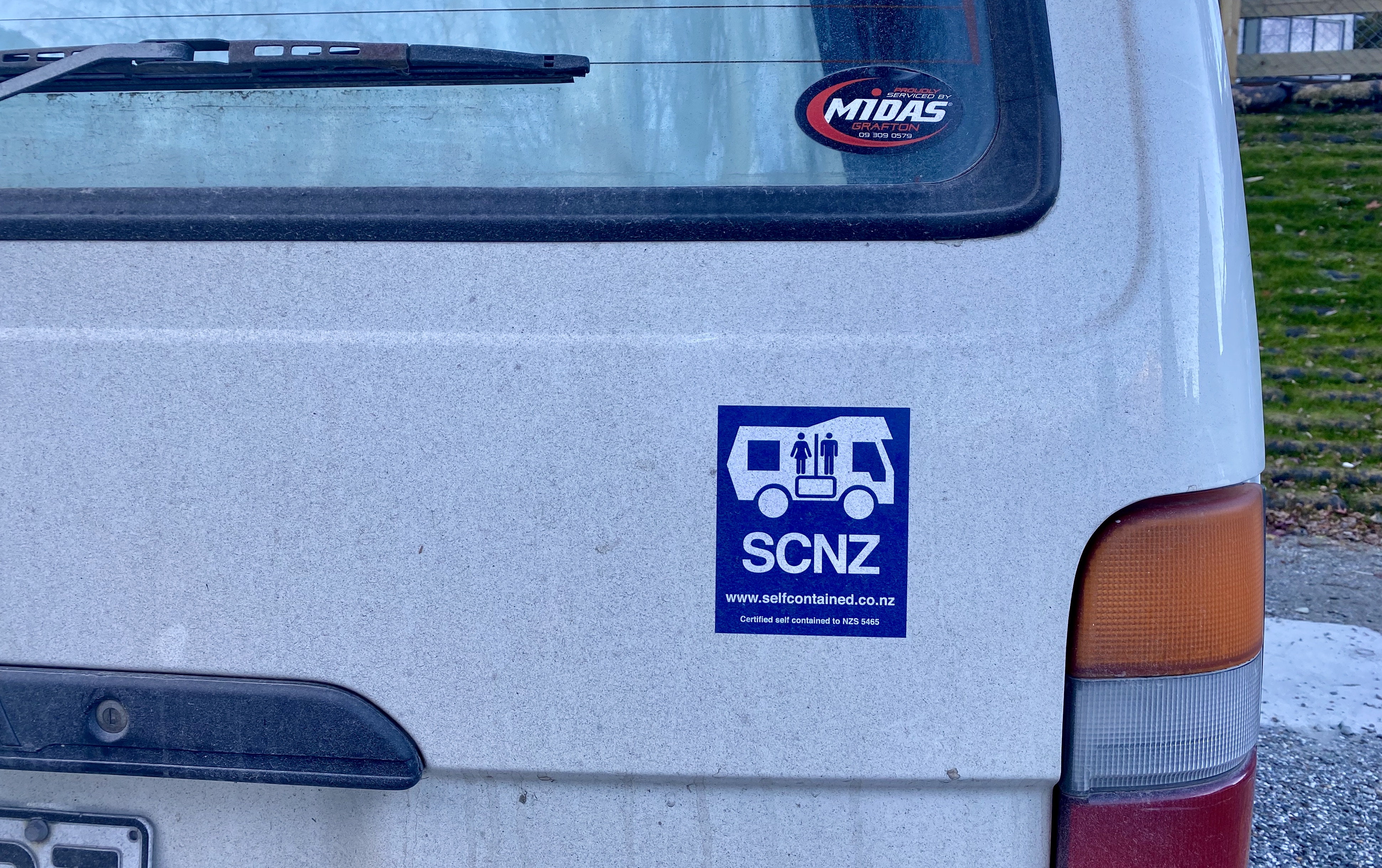
Sadly, there are many limits to freedom camping in Queenstown. Some parking spaces have signs saying strictly no camping or overnight parking lest you will be fined or your tires clamped! There are 3 or 4 designated parking areas for Self-Contained (or SCNZ) campervans in the area, but all of them are a good 30-minute drive out of town. The holiday parks in Queenstown are also very expensive if you’re planning to stay here long-term.
Freedom Camping in Queenstown
The parking restrictions worried us before arriving, since we knew there weren’t any designated spots within the city limits. We ended up paying to park overnight for the first few nights we were in town, but then scoped out the area and found a few free residential streets that were close to town. We started parking in these spots regularly, changing our location every couple of days.
We heard that the city doesn’t like freedom campers (maybe they should, um, provide more housing for people who live and work there….), so we always made sure to be discreet and close our blinds in the evenings when in town so not to draw attention to ourselves. Even still, we had our required blue SCNZ sticker on the back of our van and with the blinds closed, it’s pretty obvious that people are inside.
We very soon learned how much Queenstown despises freedom campers. One night a week or so after arriving, we were woken up in the middle of the night to a shining light and banging on our windows and doors. Totally afraid and shocked, we stayed under the blankets and didn’t move.
This is a regular occurrence in Queenstown. The council pays “Enforcement Officers” to creep around Queenstown in the middle of the night banging on campervan windows and terrifying tourists. I joke not. We had people come shine flashlights and bang on our windows at 2 or 3 am at least 5 times during the winter. Once, two enforcement officers came and physically shook the van back and forth and yelling to get my attention for several minutes while I hid under the blankets, shaking with terror.
While we never got a ticket from any of these encounters (we had blackout curtains and tinted windows, so they couldn’t actually see us), it frightened us so much that we started paying to park in a private lot on the weekends when they usually came around and then almost every night thereafter. It wasn’t too expensive and city officials left us the fuck alone.
Our plan to freedom camp didn’t go so well, and we felt like we needed to get an apartment, so we made it work until we found one. We ended up staying in the van for about 4 months total and then lived in an apartment for the last 3 months of our time there. Even though we were originally determined to save our money and not pay rent, in the end the three months made it so much easier to live in Queenstown and it helped that we found a pretty cheap apartment.
For more information on finding a place to park, rent, or stay when you first arrive in Queenstown, check out my separate post here.
2. Getting Jobs in Queenstown
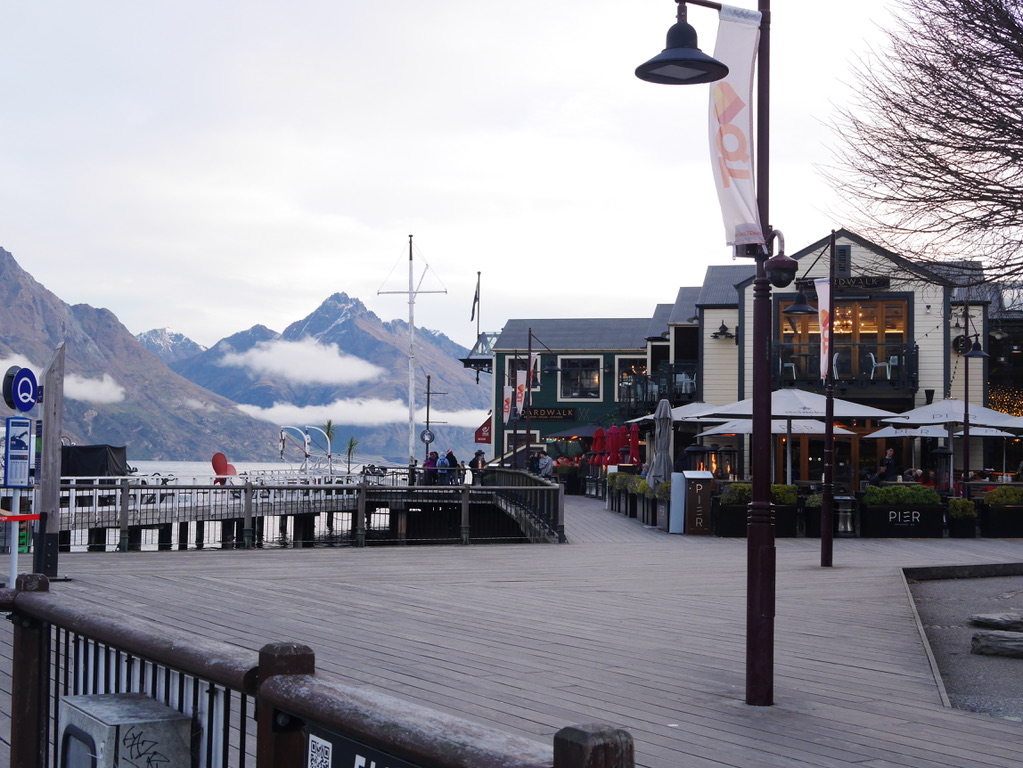
My partner and I came here expecting to get bartending jobs right away. We had just spent a good chunk of our change on our new van, and a lot of our other savings had gone to traveling and being unemployed for two months. So we weren’t rollin’ in the dough at that time.
Since we both bartend in the US, it seemed like a no-brainer to pick it up again in New Zealand. Both of us have extensive experience in the restaurant industry and well over 2 years in a bar setting, so it should’ve been relatively simple to get hired, right? Apparently not.
We each applied to soooo many bar jobs in town, with only a few interviews each. At the time, we were like, “What the heck?” but we later learned that most of these businesses were receiving hundreds of applicants around the same time that we were applying for jobs. We knew that New Zealand had been experiencing worker shortages since the pandemic, but we didn’t realize that EVERYONE was coming to Queenstown for the winter now that the borders were open again. Naturally, this made it easier for our applications to get lost in piles of paper.
We found out later that those who hadn’t found a job had been forced to move on to other places in New Zealand to look for work. Given the situation, our initial experiences applying for jobs left us a little disillusioned with the bar scene here. However, we thankfully persevered and both found great jobs for the winter. Neither of our jobs had all of the “prerequisites” that we hoped to have, but we were getting put into some new situations and learned a ton from our experiences.
Through all the hassle I went through, I thought it would be good to put together a separate post about getting a job in Queenstown, which can be found here.
3. Getting Paid: Opening a Bank Account Without an Address
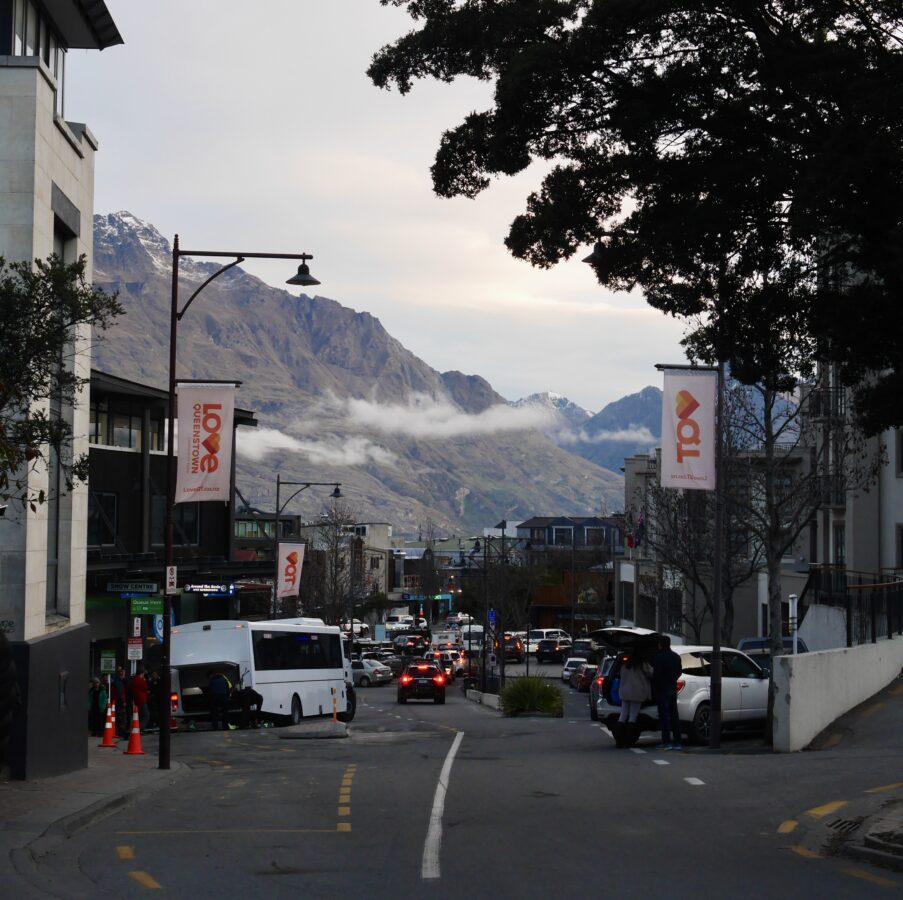
Something we didn’t consider before buying our van was how to have an “address” for things like a phone plan, a car insurance plan, our car registration, a bank account, for shipping packages or a gym membership, and even for a grocery store membership. We ran into a lot of obstacles on this front.
I actually had to start lying about my address, exclusively out of necessity. For example, we needed to register our car before the long trip to Queenstown. That required an address. Then, we purchased only 2 GB each of data at the airport on our first day in New Zealand. Naturally, we ate up that data while using Google Maps to navigate, listening to Spotify, and looking up cool places to go on our trip, so we had to buy a monthly phone plan as well. That required an address. Getting a gym membership in Queenstown required an address. Our grocery card required an address. For most of these, I used a random Queenstown post office address for this purpose.
For opening a bank account, however, this is a whole other story! The banks in New Zealand are super strict, only allowing residential addresses and requiring *proof* that you actually reside there. We had no idea how to do this since we were obviously living address-free in our campervan. So since we didn’t have a residential address, and couldn’t give proof of our address, we couldn’t open a bank account and therefore couldn’t get paid.
We scrambled to figure this out so we didn’t have to wait weeks or months (or never!) to get paid. This was SO stressful, but in talking to people who had been through this as well as our employers, we found two loopholes: banks will accept a letter from a hostel or a letter from an employer. Since we weren’t staying in a hostel, our employers had to write letters saying that we lived at their staff houses. (This was, of course, a lie!) Huge props to our employers for lying on our behalf! This allowed us to open our accounts quickly and easily.
For more information about this process, I have written up a separate post outlining all the steps needed to open up a bank account in New Zealand without an address here.
4. Winter Van Comfort in Queenstown

Colder Weather
When arriving in Queenstown, we had to adjust to slightly colder temperatures while living in the van. Since we were both used to shoulder season camping in the US, this felt like an extension of a late fall camping trip in Colorado.
We considered adding insulation to our van, but then realized that to do this efficiently, it would have had to have been done at the beginning of the van’s conversion. We also thought about getting a diesel heater, but decided against doing that in the end.
While having these things would have been convenient, we managed just fine in Queenstown during those winter months. We had a super cozy bed set up that kept us nice and toasty while sleeping. Occasionally it was a little chilly while cooking or hanging out in the van but for the most part it was very doable as the temperature there doesn’t get to the same cold temps in the US and it doesn’t snow in the town much either.
Condensation & Mold Prevention
While we knew it would be colder in Queenstown, we didn’t realize beforehand that having moisture and higher temperatures in our van (simply from cooking and breathing) meant that the warm moisture in the air would have no way to escape and thus would form condensation when it came in contact with the van’s cold metal exterior. (Condensation = mold if not dealt with, so that’s a no-go.)
We first tried removing the foam panels on the ceiling, which were harboring most of the moisture. We ripped off two of the panels over the kitchen area, and had planned to do the rest another day. But then, with no foam barrier between us and the metal roof, the condensation got worse.
Afraid to rip out the other panels lest there be more moisture, we did some research and determined that we needed more airflow in the van to help the moisture escape. When opening the windows still wasn’t creating enough airflow, we came to terms with the fact that we simply needed a roof vent. There was no denying it: having a roof vent would be unbeatable for airflow.
However, neither of us had ever done anything like that and didn’t feel comfortable sawing a hole in the roof and then sealing in a vent. So, we had to pay someone to install the roof vent for us. While we weren’t ecstatic about the cost of doing this, it has made a WORLD of difference to our comfort and livability in the van. In the future, I will never live in a van again without ensuring there is a proper roof vent.
5. Finding a Social Scene in Queenstown
Living in a van is a unique experience for sure. For one, it makes it harder to actually meet people. Since we weren’t staying in a hostel or living in employee housing at first, the only way we met people was through work. But sure enough, we met loads of people in Queenstown. Since so many backpackers and WHV holders work there, it’s quite an international little town with people from all over the world. It’s pretty easy to meet people and there’s PLENTY to do for fun.
Thanks for reading!
For an update on our Queenstown experience, be sure to check out this post.
I hope this post helps you in your quest to move to Queenstown, New Zealand. Share this with a friend in need and please let me know about your experience in the comments below!
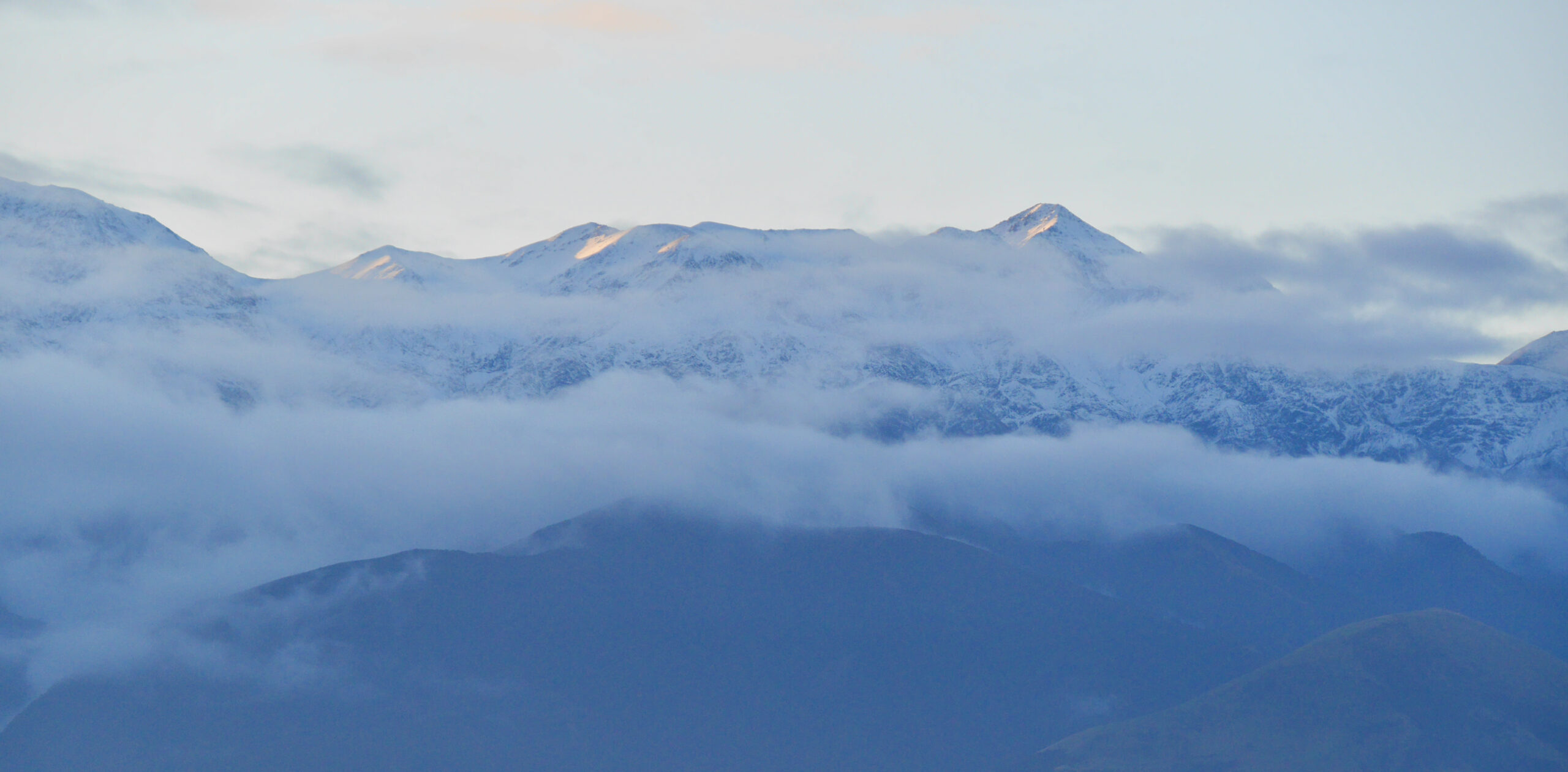


Leave a Reply